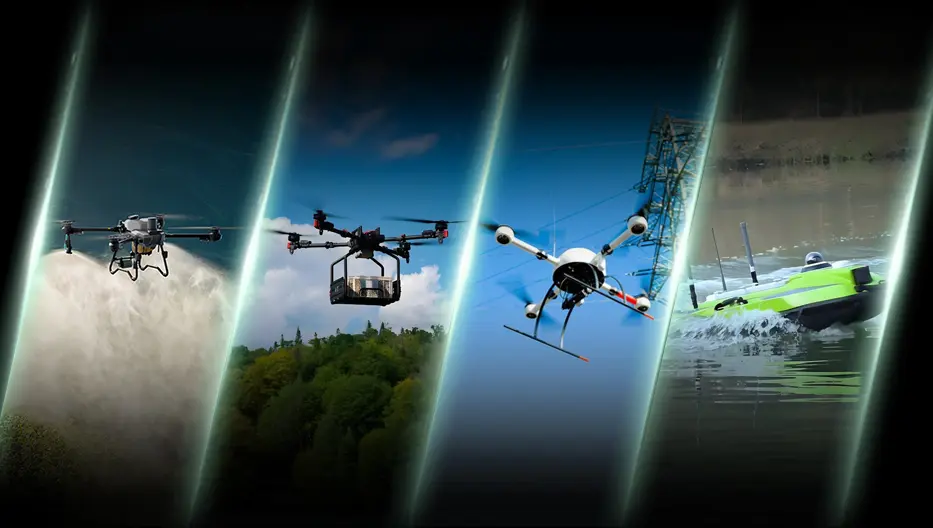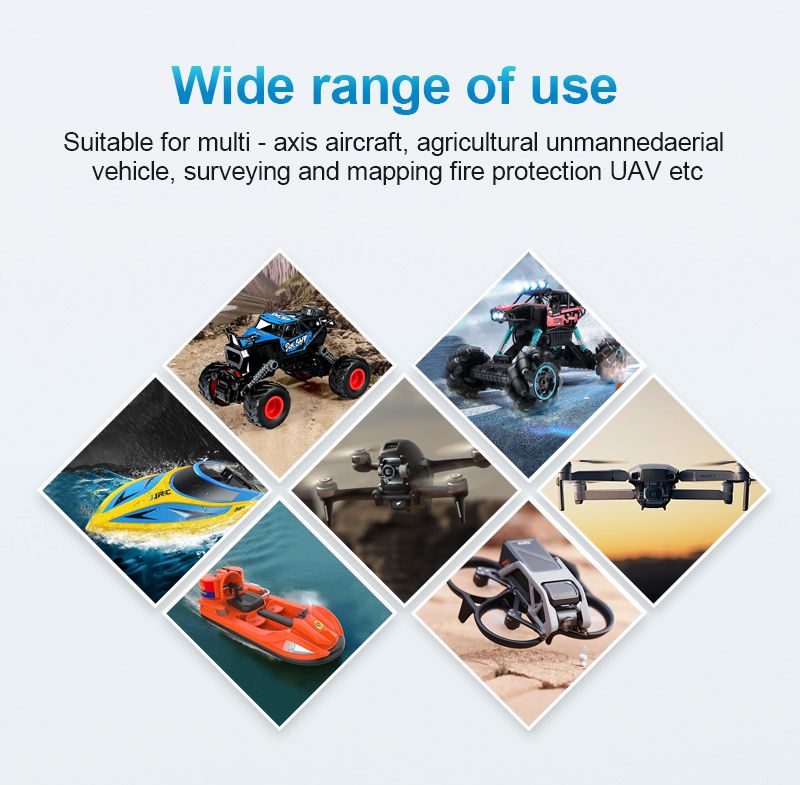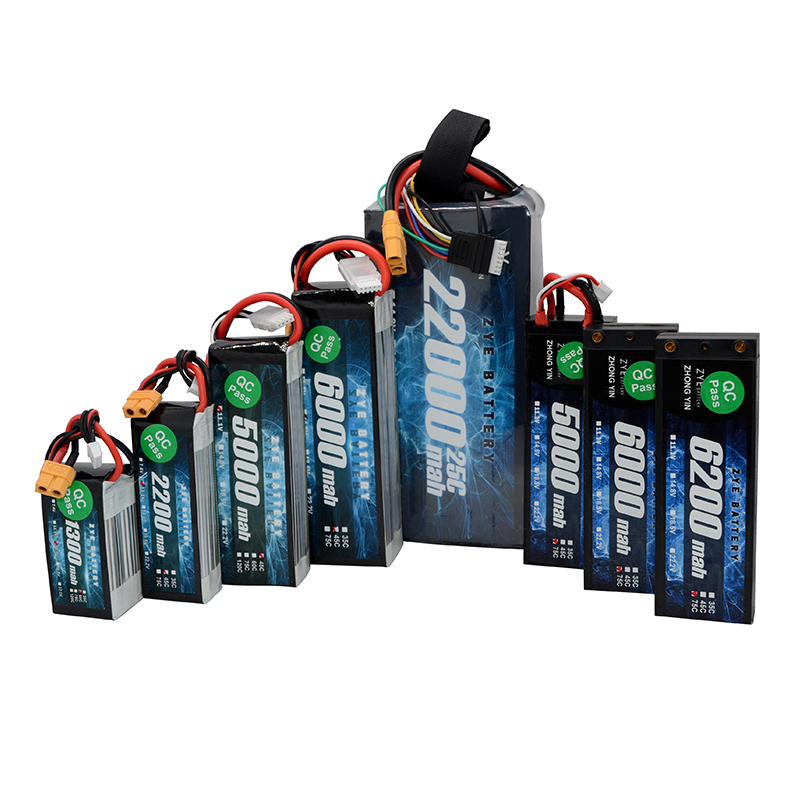What you need to know about traveling with Lipo Batteries?
2025-07-30
Traveling with lithium polymer (LiPo) batteries can be a source of confusion and concern for many passengers.
It is crucial to understand the rules and regulations surrounding LiPo batteries on planes. In this article, we'll explore the ins and outs of flying with LiPo batteries, provide you with essential information to ensure a smooth journey.
LiPo batteries have become increasingly popular due to their high energy density and lightweight nature. However, their volatile chemistry also poses potential safety risks, especially in the pressurized environment of an aircraft. This has led aviation authorities and airlines to implement strict regulations regarding their transport.

Here are some key points to remember when flying with lipo-battery
Capacity Limits: Airlines typically allow LiPo batteries with a capacity of up to 100 watt-hours (Wh) in carry-on baggage without requiring approval. However, if the battery's capacity falls between 100Wh and 160Wh, you may need to obtain prior approval from the airline. Batteries above 160Wh are generally prohibited on passenger aircraft.
Quantity Restrictions: Many airlines have limits on how many spare batteries you can bring with you. There are often restrictions on the total number of batteries allowed in carry-on luggage, so it’s important to verify the exact regulations of your airline in advance.
Carry-On Only: LiPo batteries must always be carried in your carry-on baggage. Storing them in checked luggage is not permitted due to the potential risks of fire or damage that could occur in the cargo hold.
Protected Terminals: To avoid short circuits, ensure that the battery terminals are properly protected. This can be done by covering the terminals with tape or placing each battery in its own plastic bag or protective case.
State of Charge: For added safety during your flight, it’s recommended to partially discharge your LiPo batteries to about 30-50% of their capacity before traveling. This reduces the risk of thermal runaway and enhances the safety of your batteries during transport.
It's important to note that these regulations can vary slightly between airlines and countries. Always check with your airline and relevant aviation authorities before traveling.

Airline Regulations on Carrying Lipo Batteries in 2025
As we look ahead to 2025, it's important to note that regulations surrounding lipo-battery on planes are subject to change. While we can't predict exact future policies, we can anticipate certain trends based on current developments:
1. Stricter Capacity Limits: There may be a trend towards lowering the maximum allowed capacity for batteries in carry-on luggage without special approval.
2. Enhanced Safety Measures: Airlines might require more robust safety measures, such as mandatory use of certified LiPo-safe containers.
3. Technology-Based Solutions: We may see the introduction of smart luggage or battery cases that can actively monitor and report battery status to airline systems.
4. Standardized Global Regulations: There could be a push towards more uniform global standards for transporting LiPo batteries on aircraft.
5. Increased Scrutiny: Expect more thorough checks and possibly the use of advanced scanning technology to detect and assess batteries in luggage.
If you have any questions about LiPo battery care or are looking for high quality lipo battery solutions, please feel free to contact us at coco@zyepower.com. We're here to help you power your projects safely and efficiently.
























































